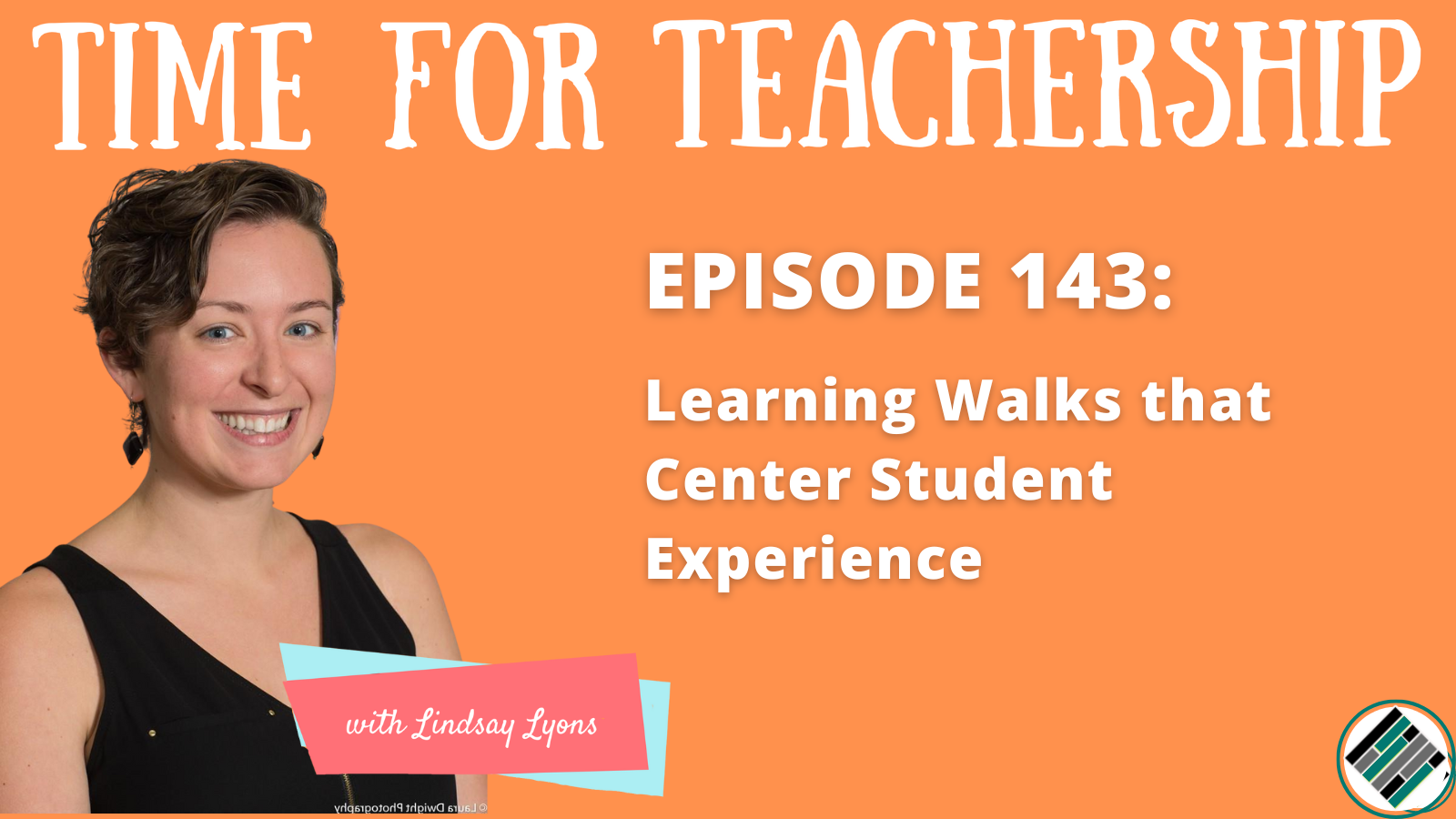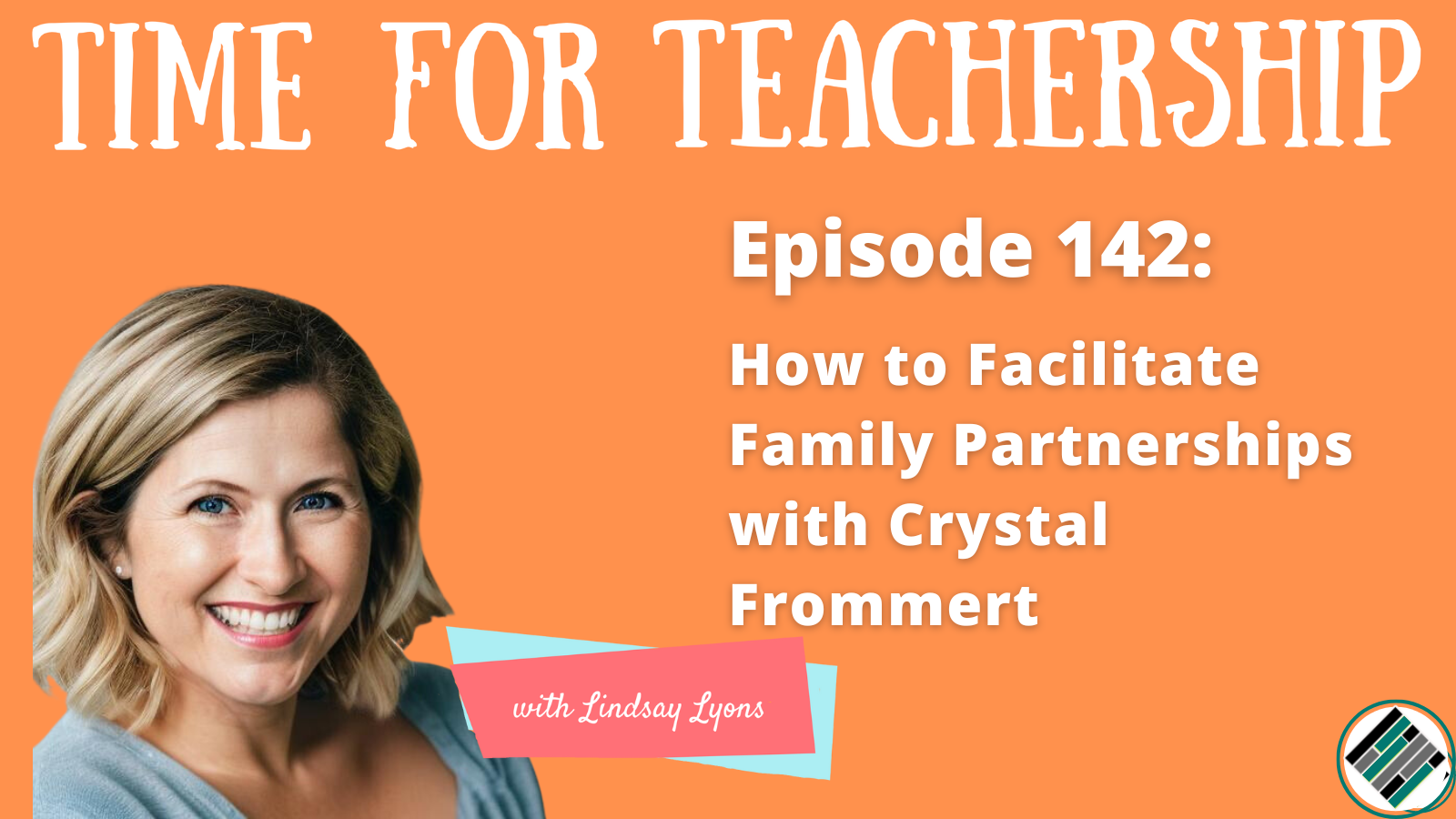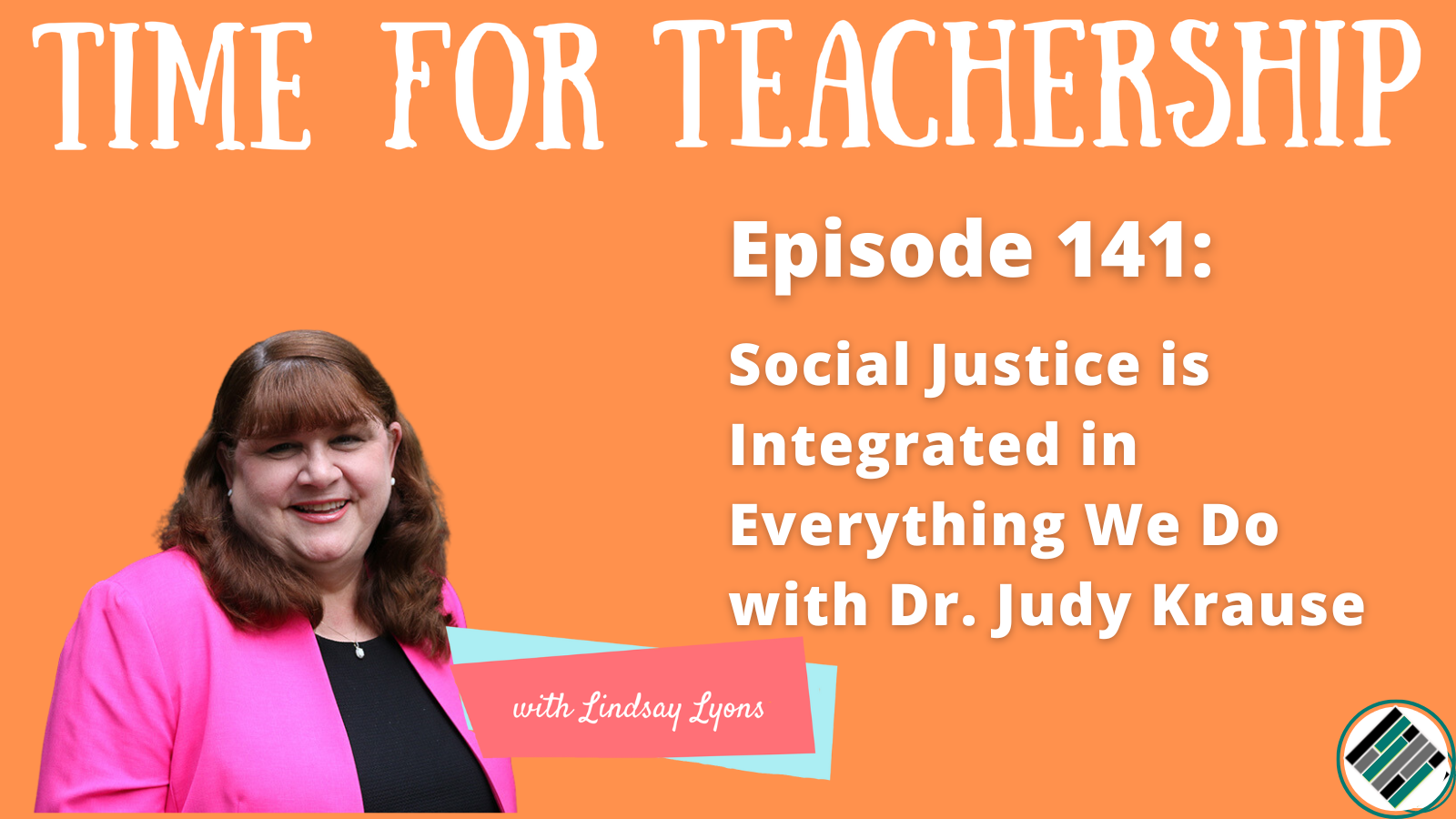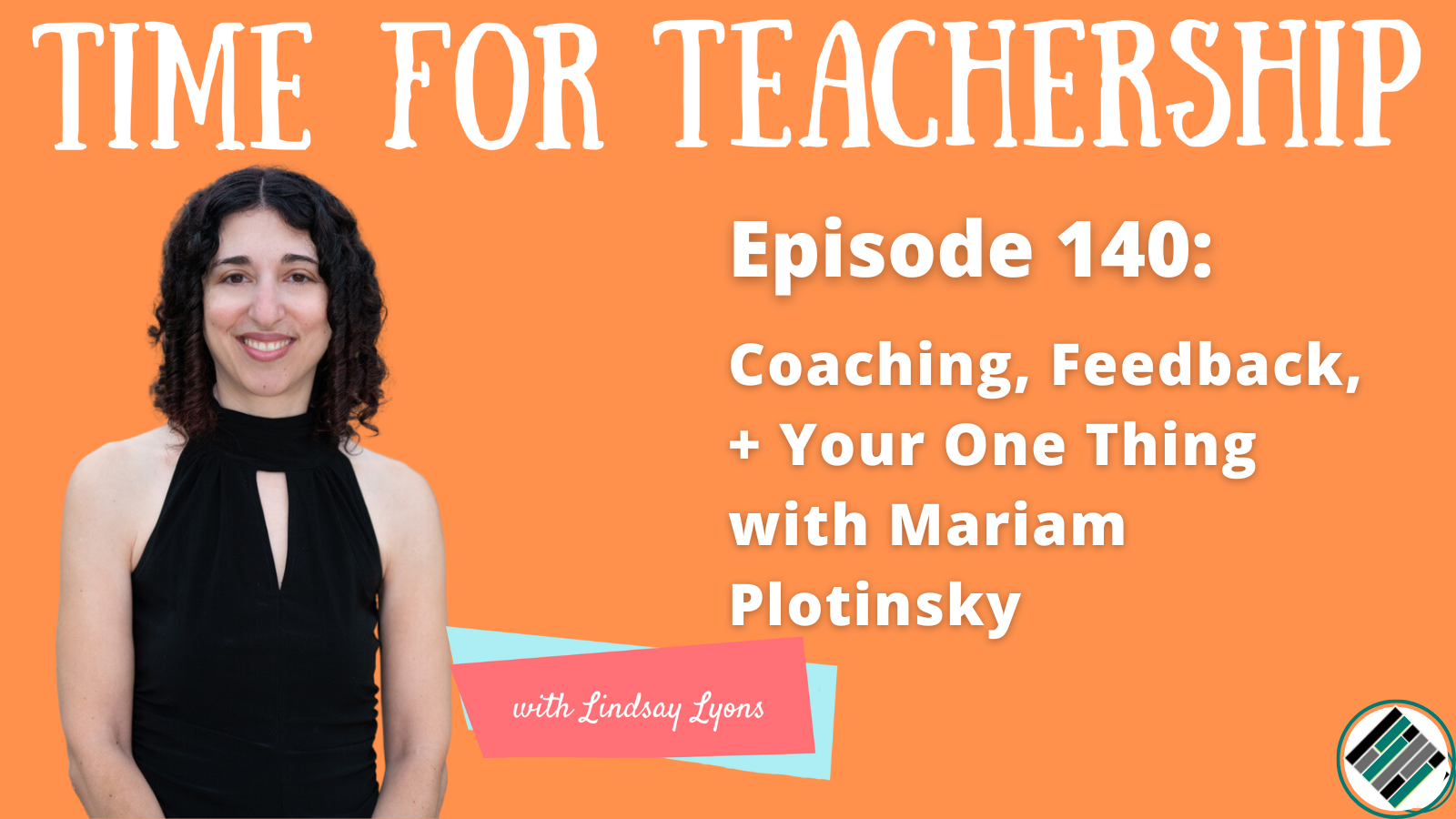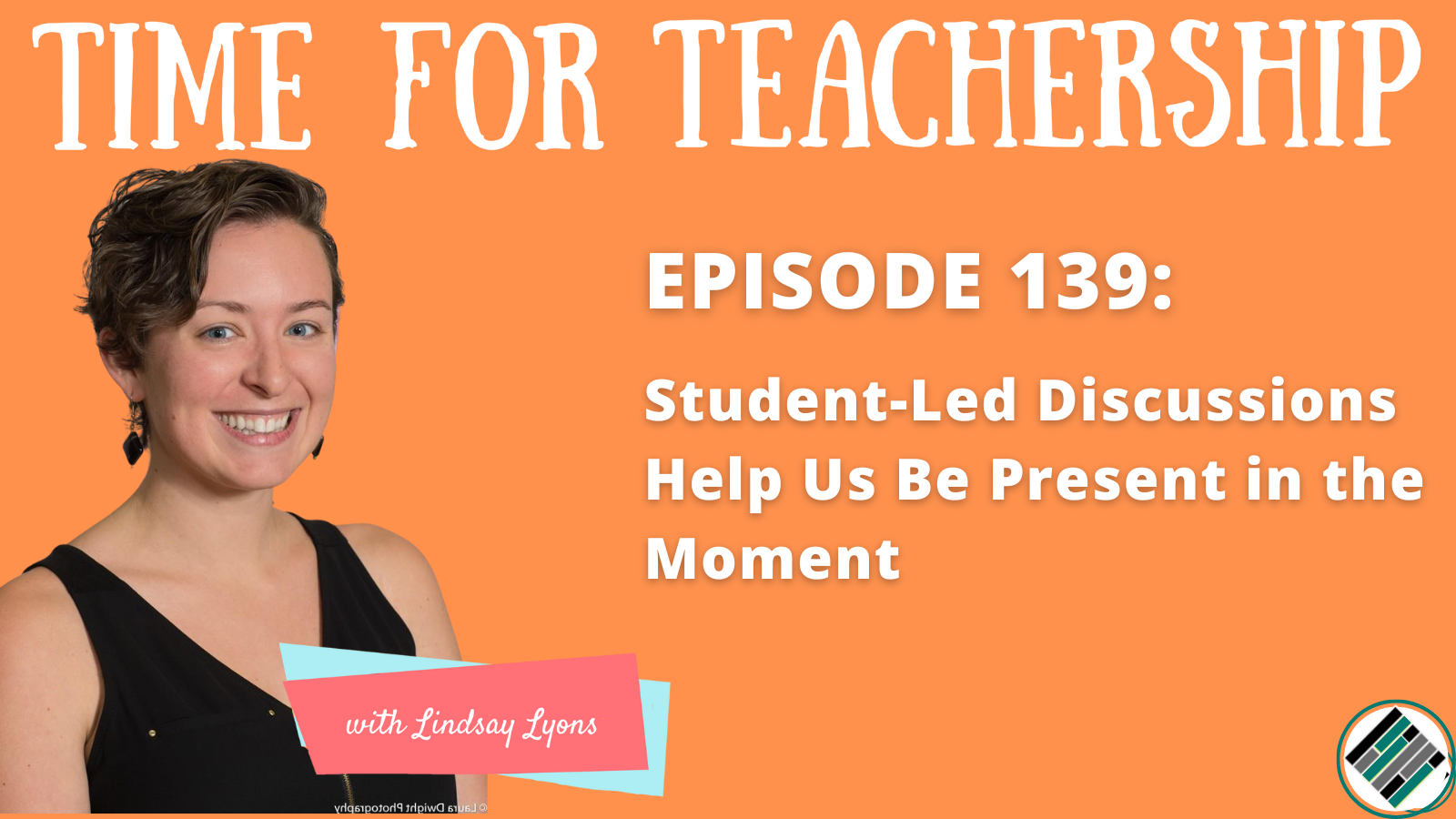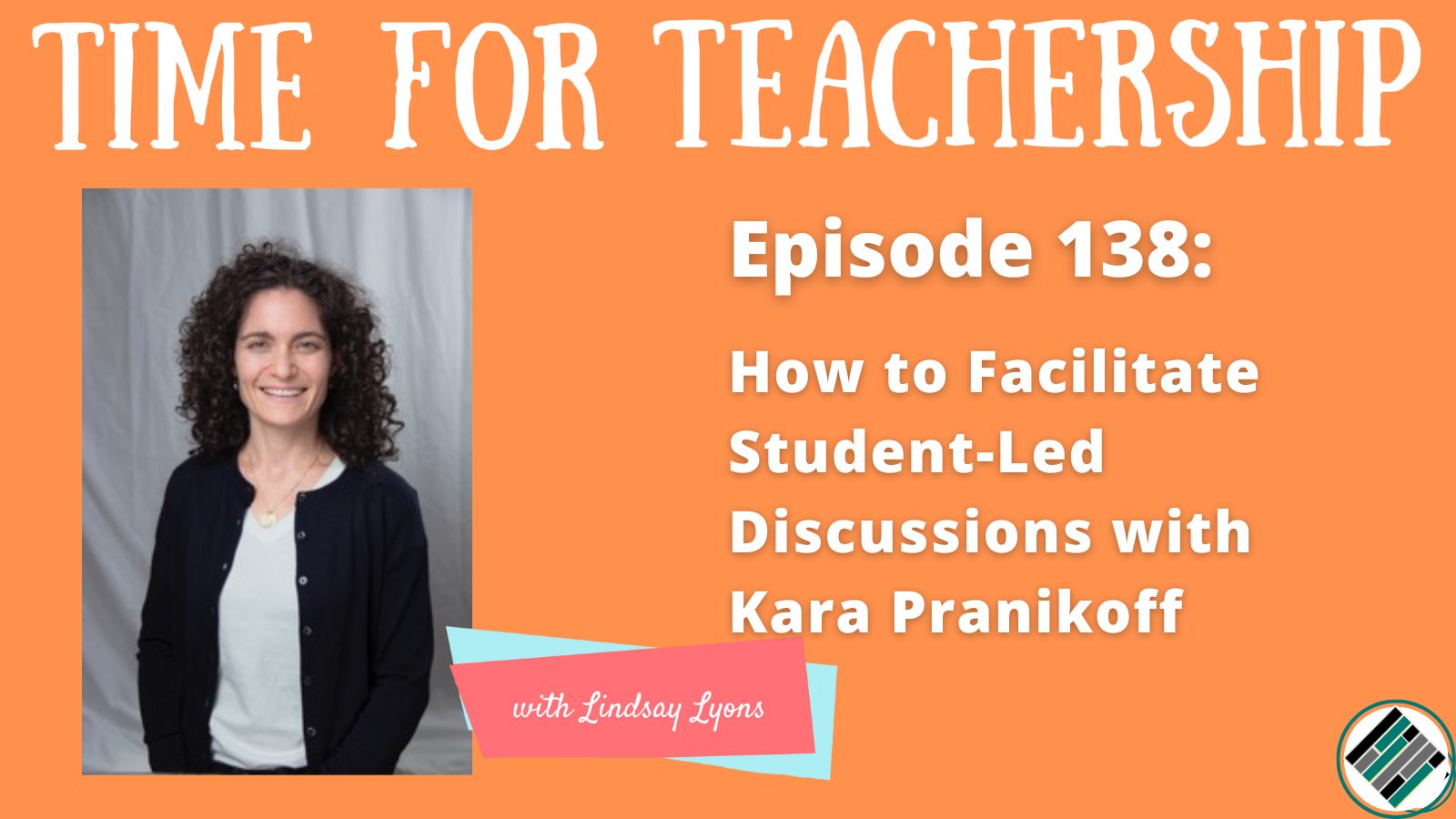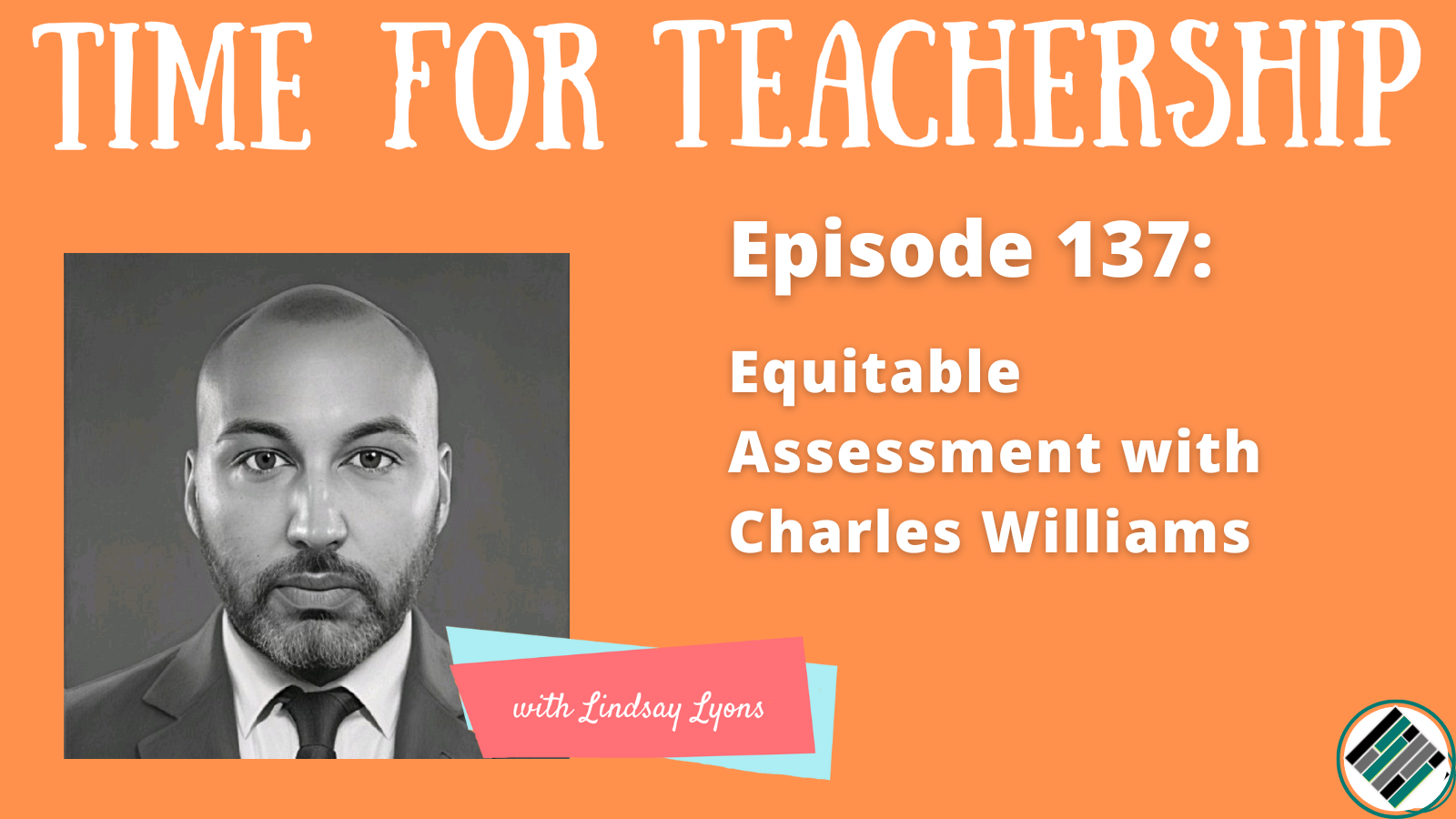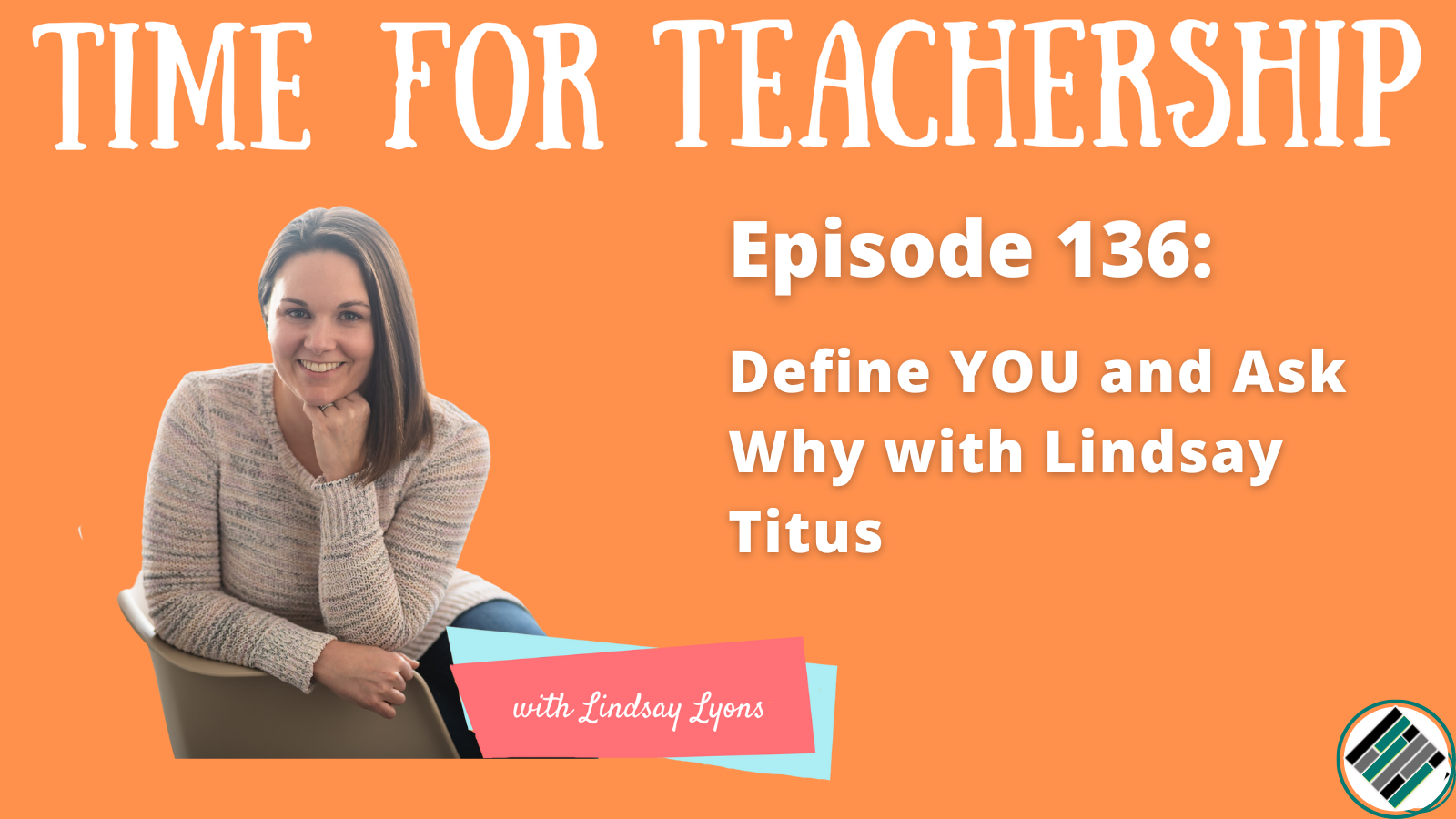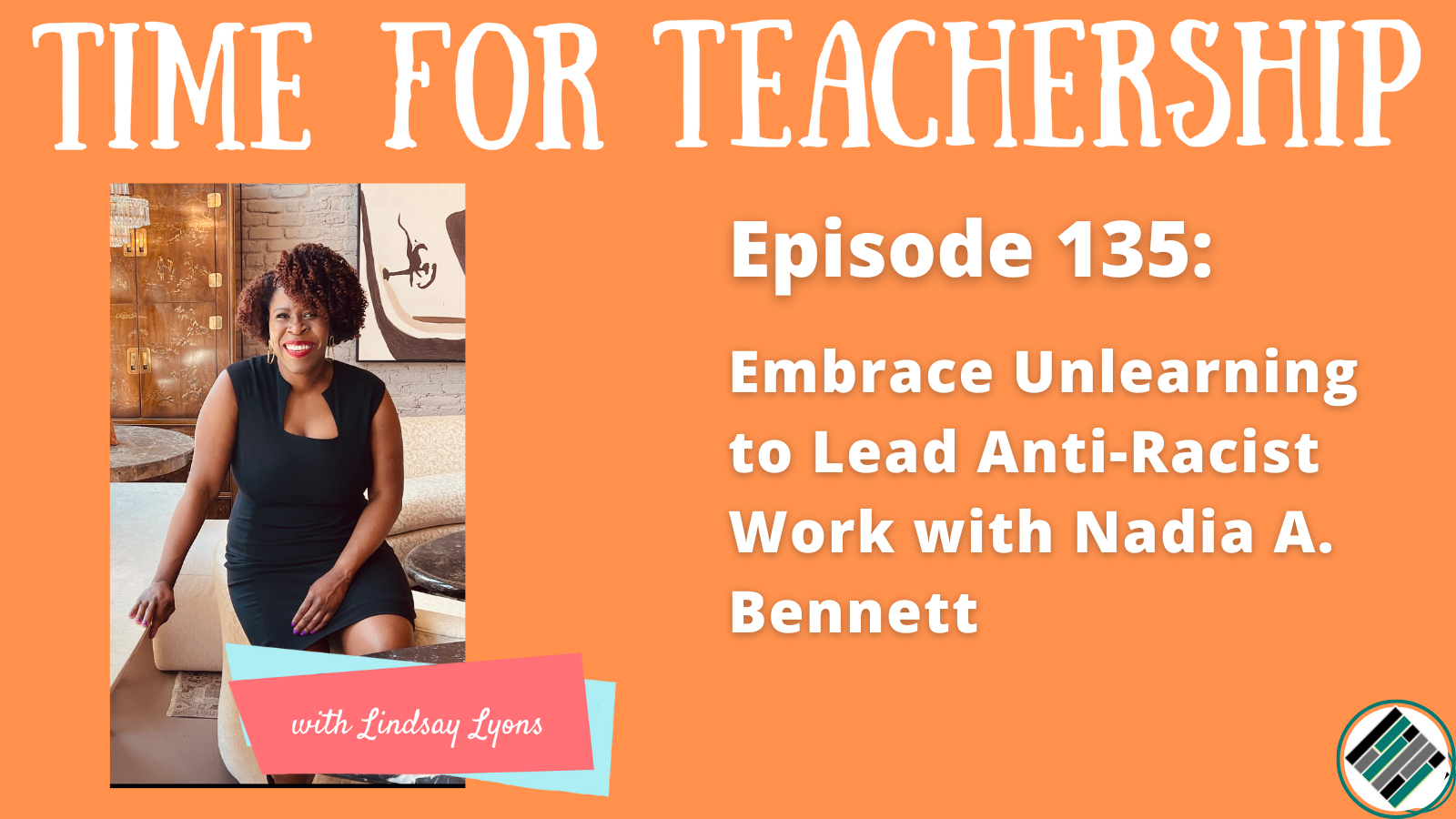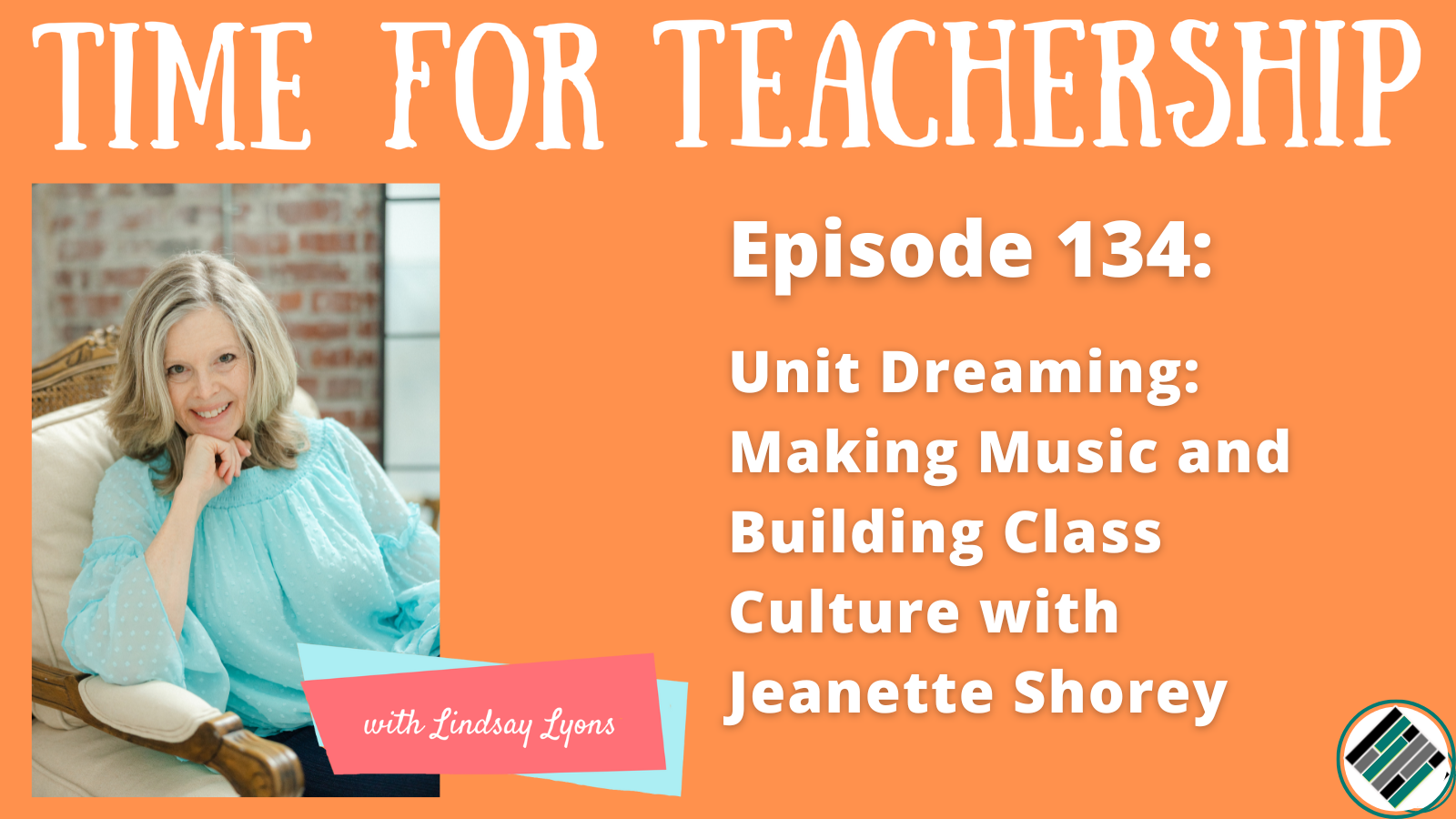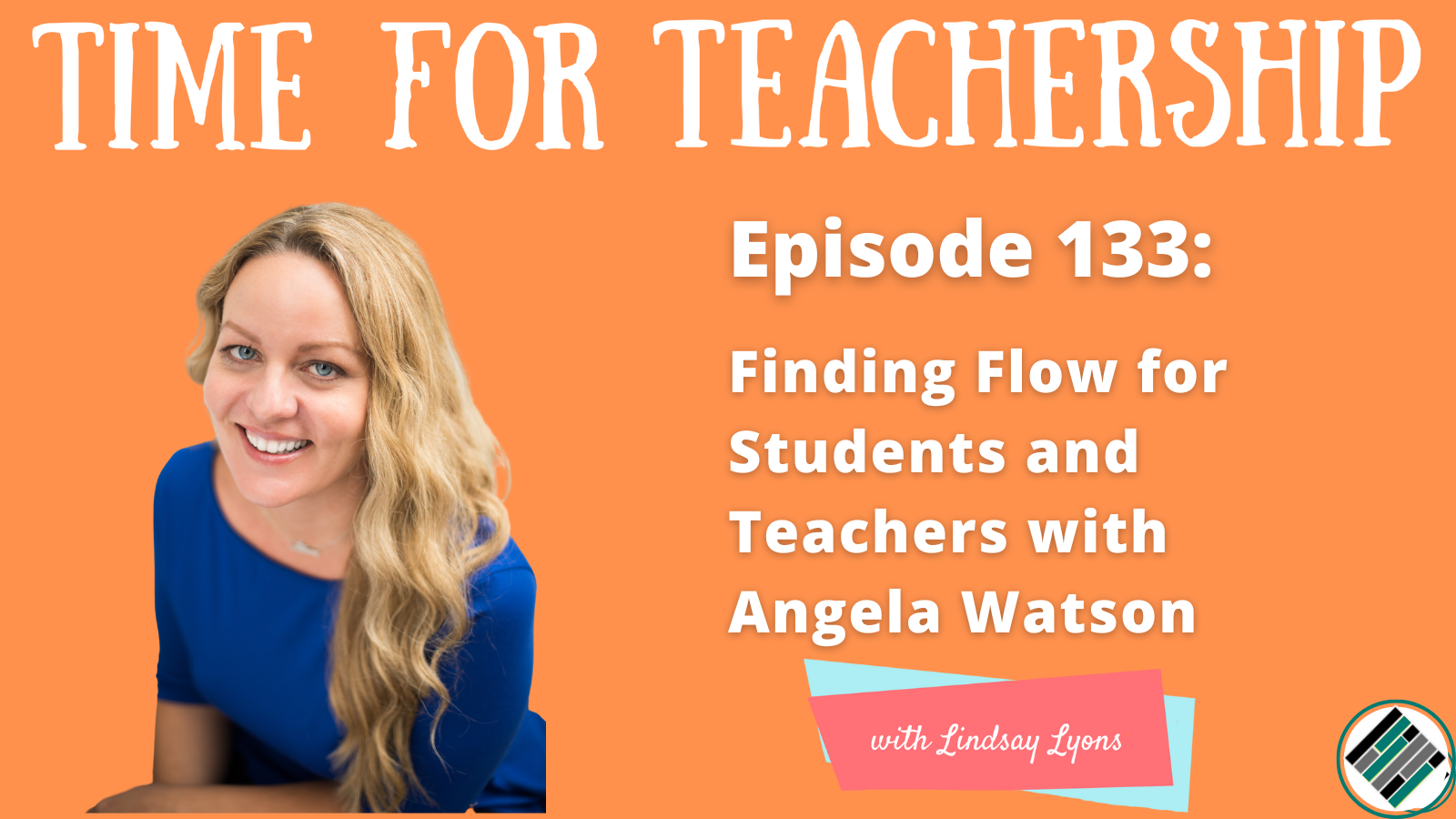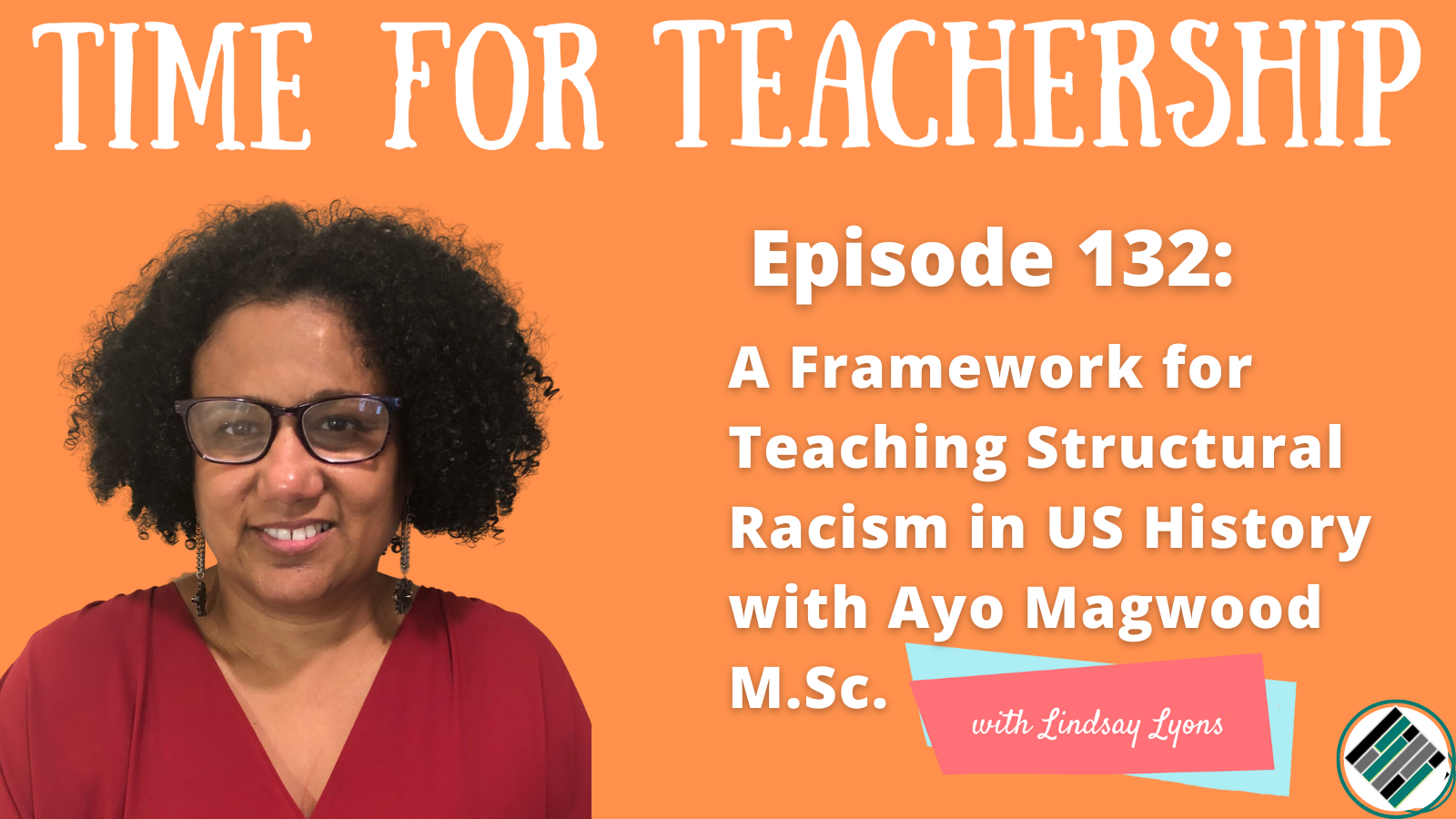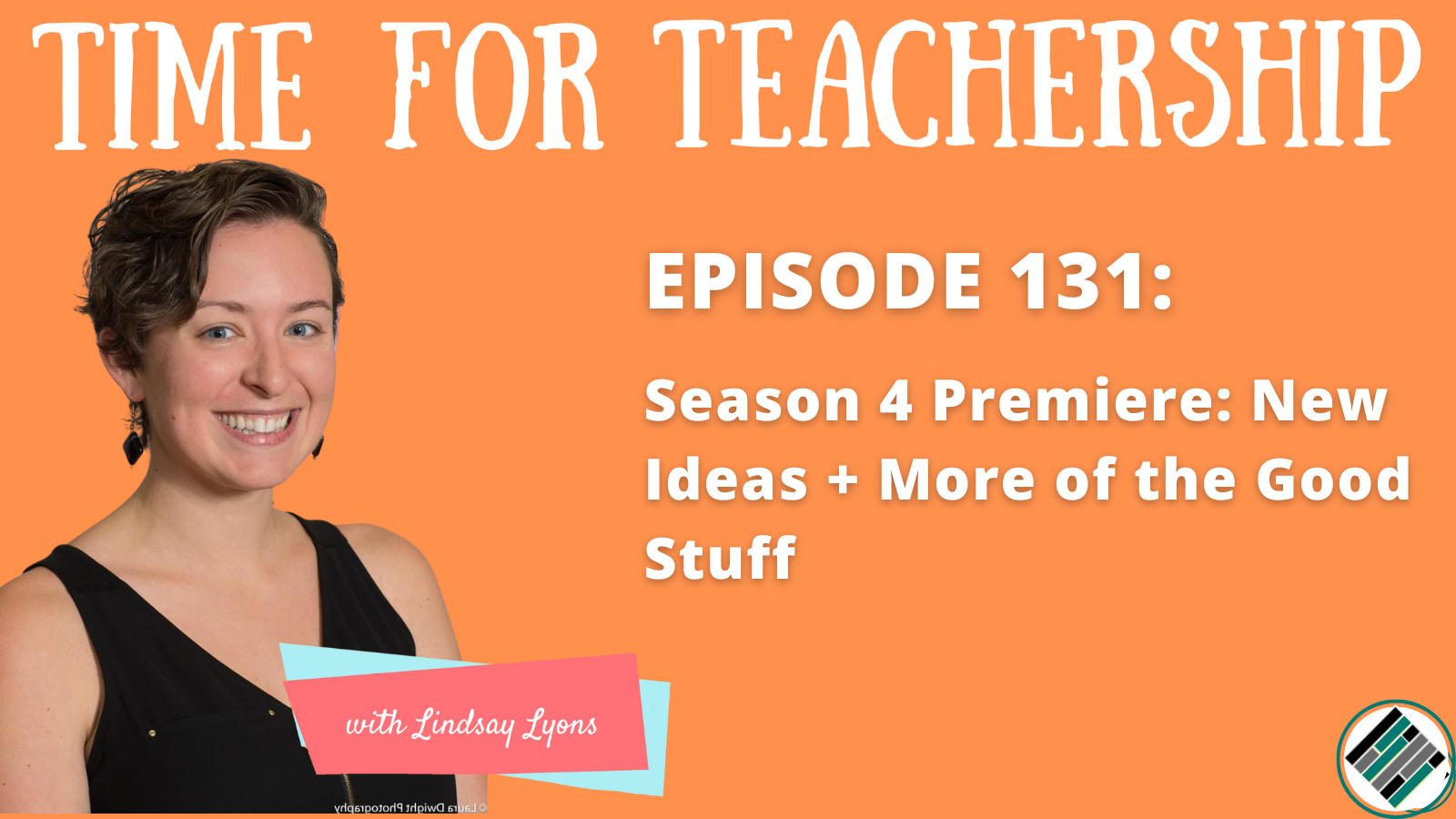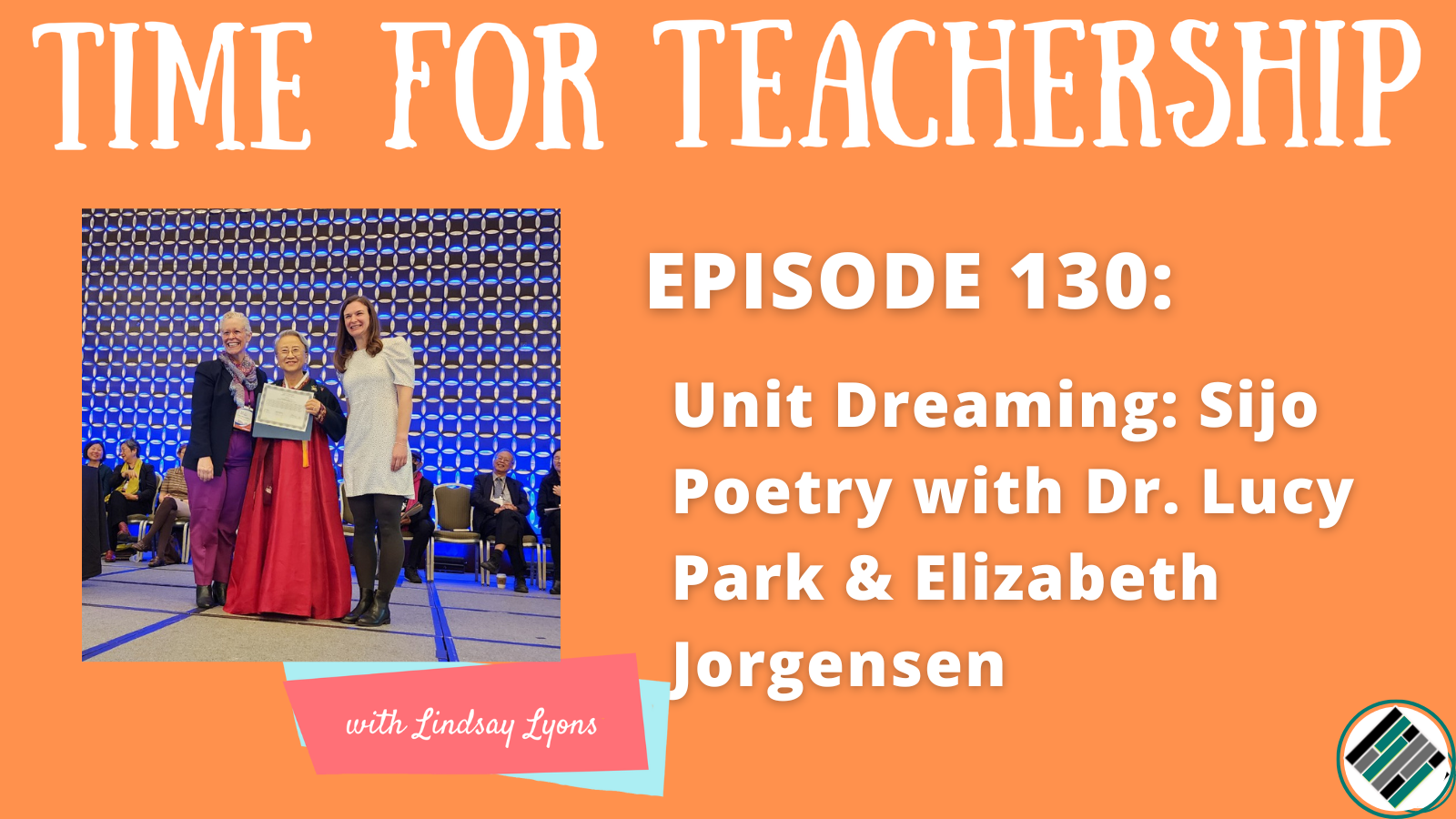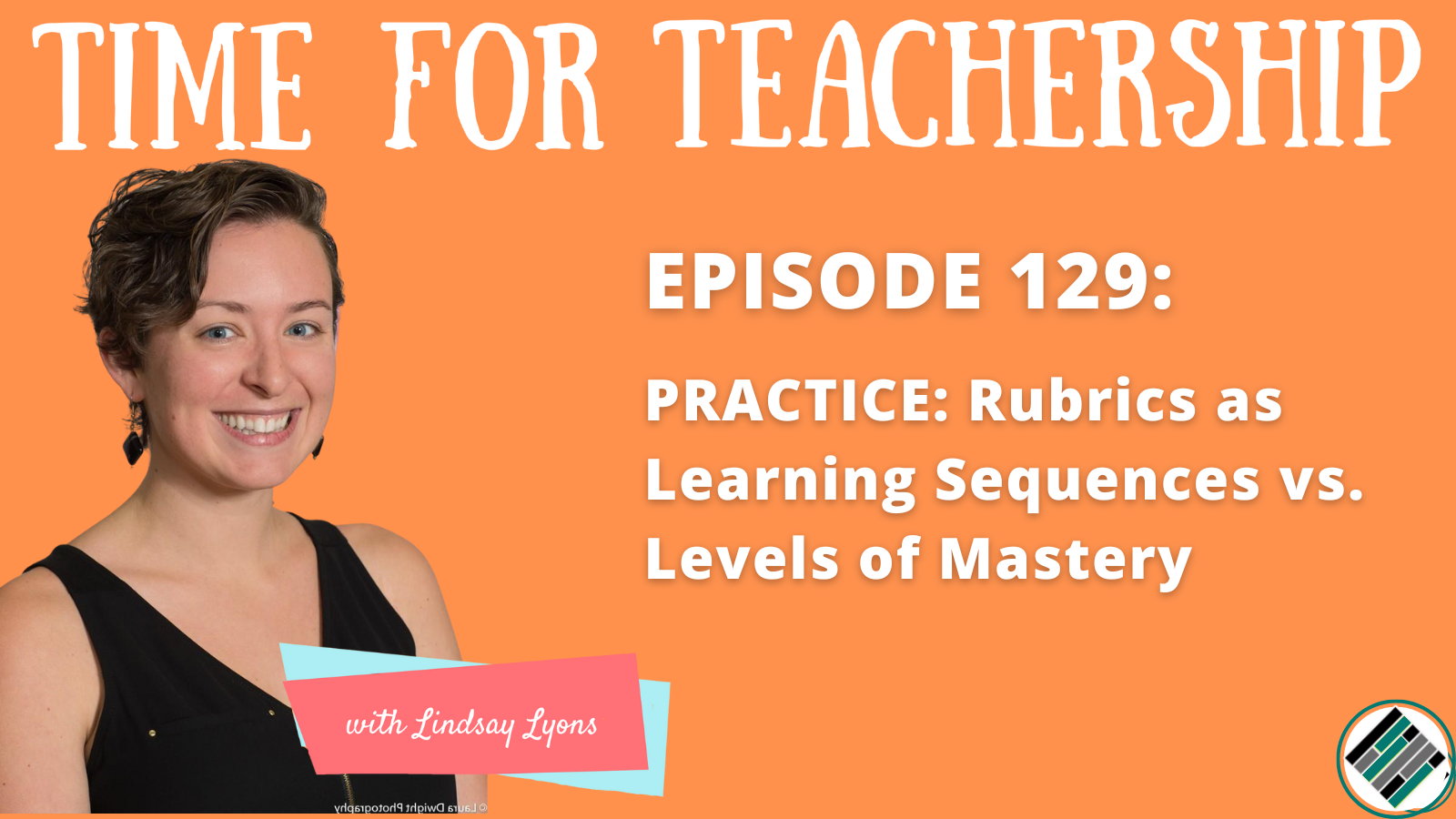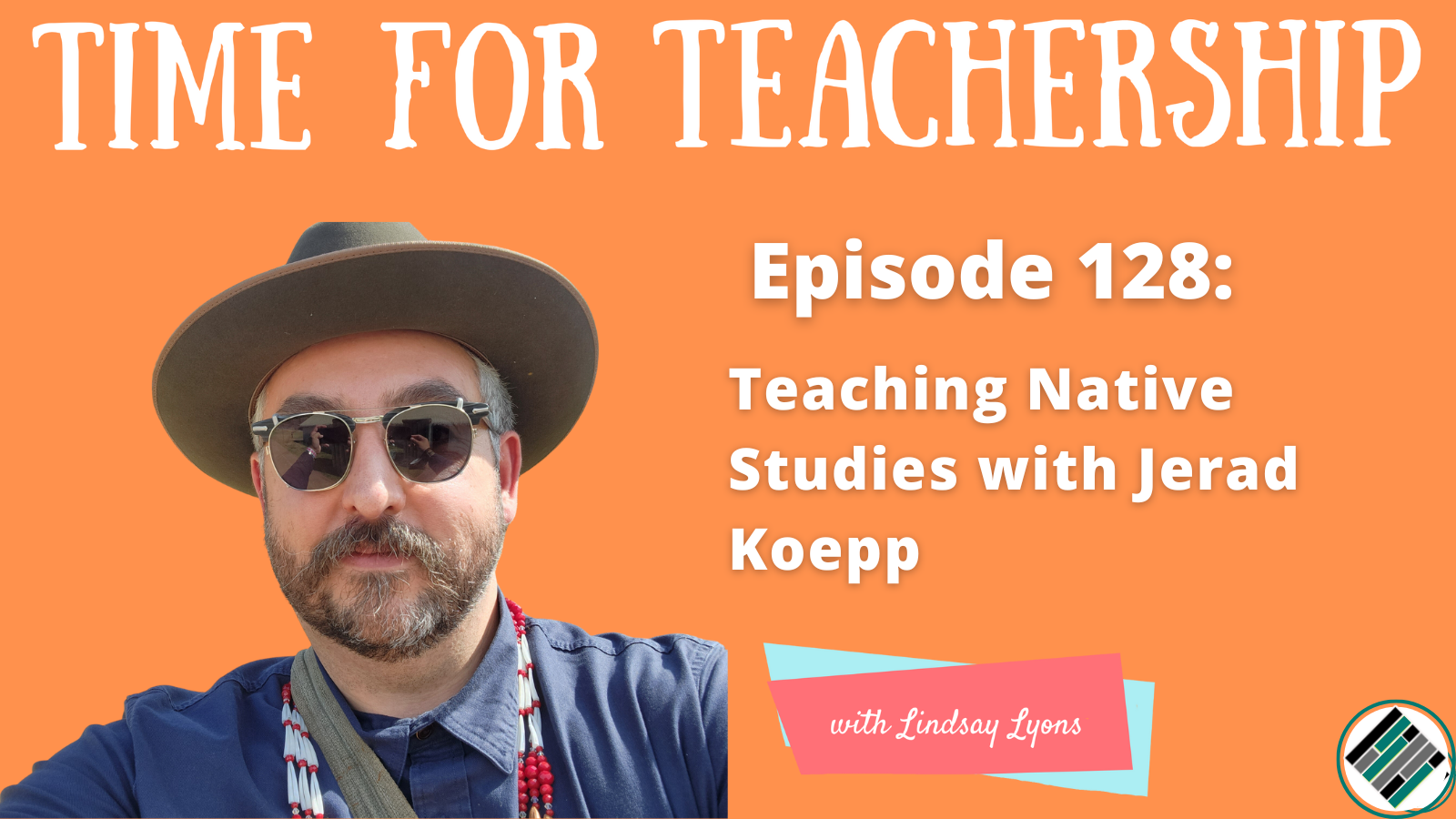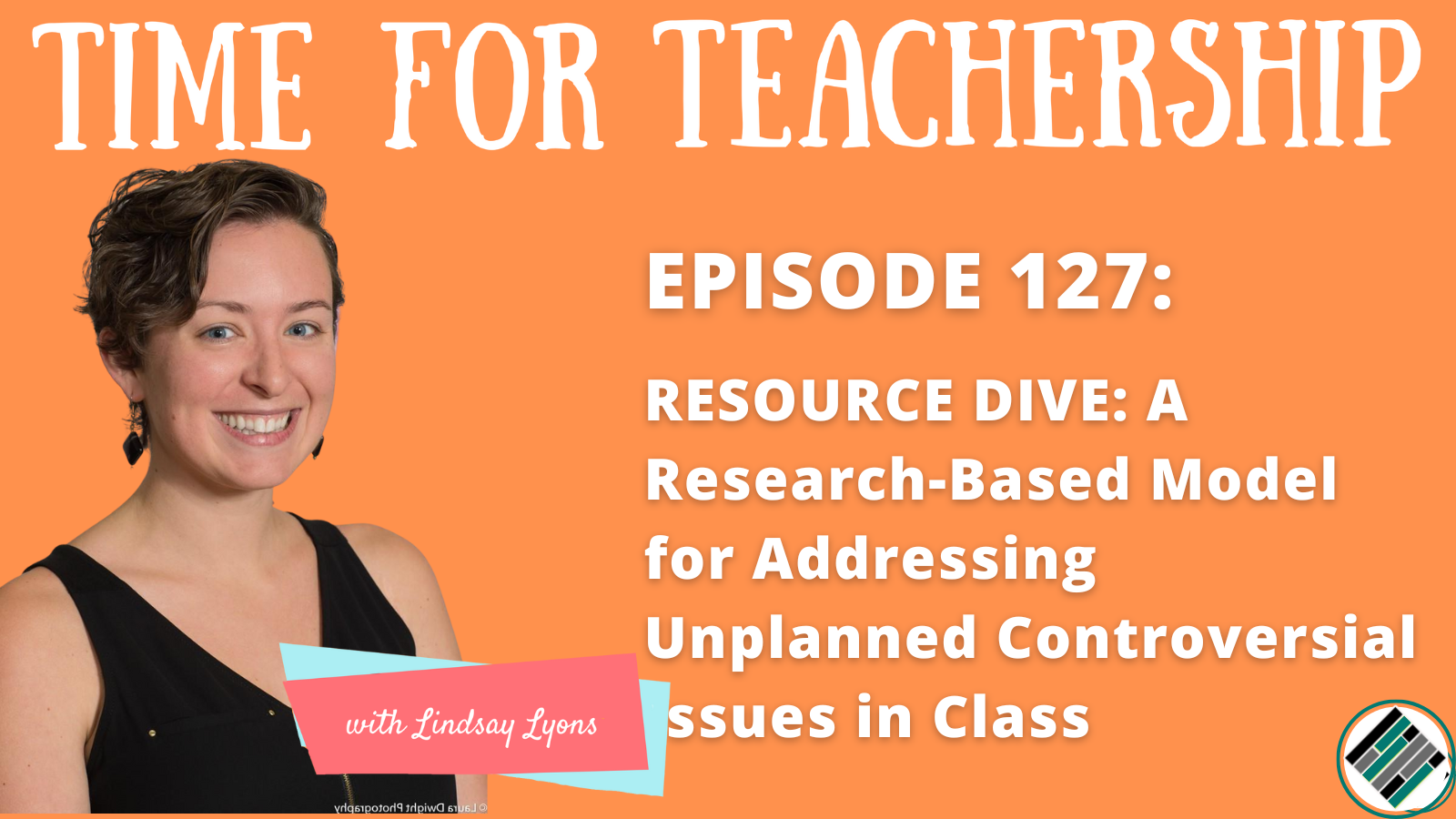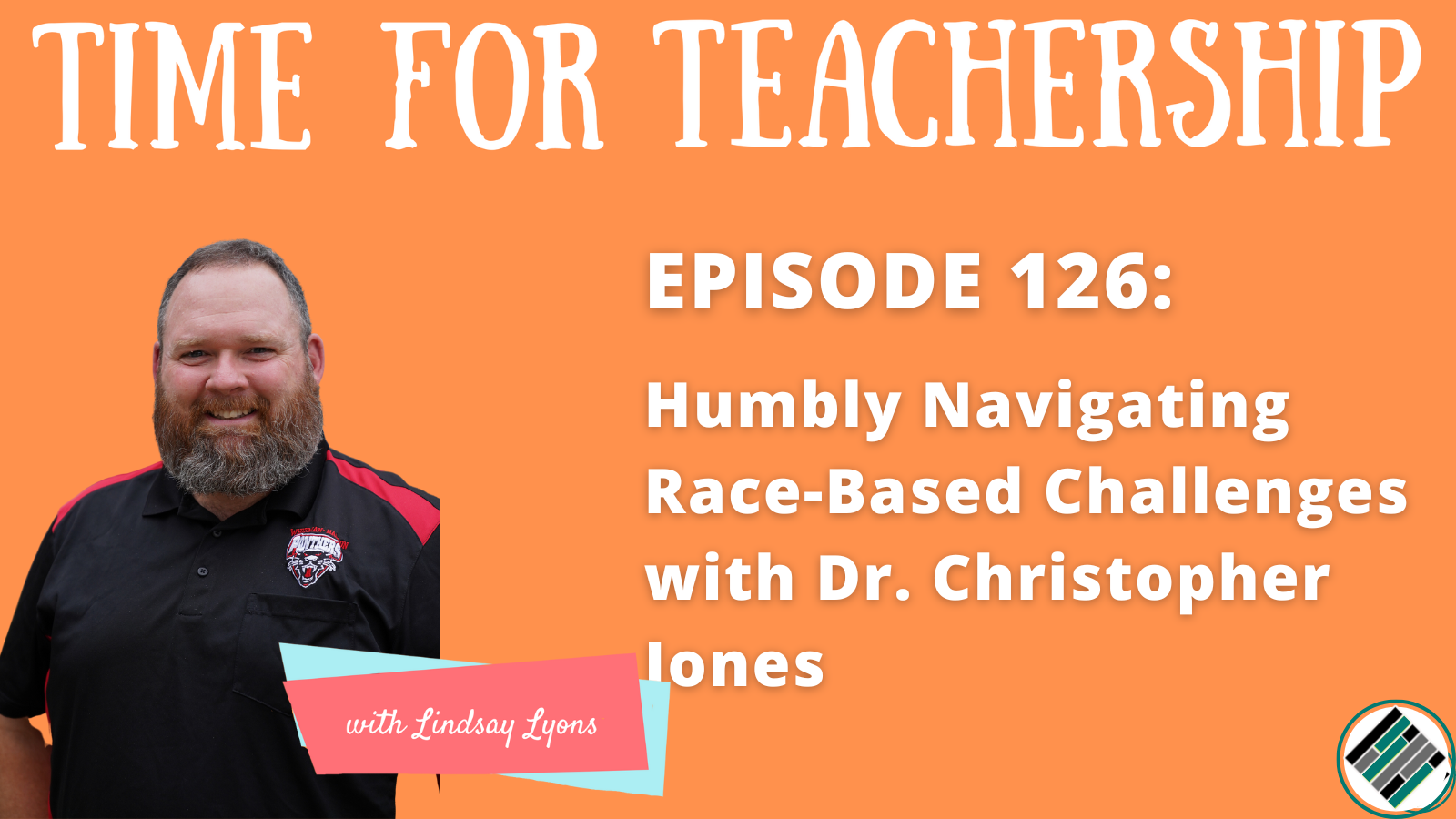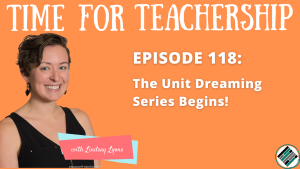
I love co-creating new units. In this series, I brainstorm with guests to dream up units across a variety of content areas. In this episode, I’m inviting you into the unit planning protocol we’ll use to create our justice-centered units.
Why Unit Dream?
In her book, Unearthing Joy, Dr. Gholnecsar Muhammad urges us to develop curricular fluency. For one, it’s joyful, and when we are more readily able to create on the fly, we are better equipped to co-create curriculum with students, which for me, is the ultimate goal.
How do we do this?
Unit Planning Step 1: Find inspiration!
I’ve started to post potential sparks of inspiration on Twitter and LinkedIn using the hashtag: #UnitDreaming to make these sparks searchable. Your inspiration may come from your daily commute, listening to podcasts, reading or watching the news, listening to music, experiencing nature, grappling with a big question about life or the human experience.
Unit Planning Step 2: Brainstorm the pursuits!
Specifically, I like to focus on 3 of Dr. Muhammad’s 5 pursuits in her HILL model: Identity, Criticality, and Joy. In my experience, these are the ones I see the least in curricula and also have massive potential for positively impacting students’ sense of belonging and meaningful engagement at school.
Unit Planning Step 3: Start Playing with Your Driving Question
This is hard. It doesn’t need to be a perfect first draft. This might take months to finesse. When I get stuck or need a headstart, I’ll use a DQ frame like: What’s the formula for ____? or What would it look like if…?
Unit Planning Step 4: Civic Action as Summative Assessment
Now, think about what students will do to apply what they learned in this unit to better their community? If this isn’t relatively easy to answer, it may be helpful to return to your DQ with the end project in mind. For the civic action project, consider a publishing opportunity(s) in which students will be able to share their work with an audience beyond the teacher. Also consider the variety of formats this project could take so you can share options with students and then completely open it up for more student ideas.
Unit Planning Step 5: Unit Arc
What are the protocols you’ll use to engage students throughout the unit? Consider which protocols elevate student talk and grappling. My goal is 75% of student talk/work time in each lesson.
Unit Planning Step 6: Content/Texts
When you’re ready to start thinking about content, I like to outline broad content ideas and maybe a “text” for a Hook lesson, a few Build the Base lessons, and a couple of Case Study lessons. The rest can be co-constructed with students. You may want to consider a “text library” or website where you can direct students to find texts if they will be selecting case study materials or doing their own research and need a bit of guidance.
Finally…
Once you’ve created something with this unit planning protocol, share it with me! Tag me on social media, reply with a comment to this blog post, or if you’re not ready for public eyes on your idea, you can email me at hello@lindsaybethlyons.com. I can’t wait to see what you create!
To help you dream up your own unit, I’m sharing the one-page template I use with guests on Unit Dreaming episodes with you for free. And, if you’re looking for more details on the ideas in this blog post, listen to episode 118 of the Time for Teachership podcast. If you’re unable to listen or you prefer to read the full episode, you can find the transcript here.
Quotes:
- “I realized I do this for PD, so wouldn’t it be great if we were able to broadcast that…for free on the podcast so people can see the messiness and that ‘Aha!’ excitement when people land on a Driving Question that’s really exciting or they have this idea that kind of seemed to come out of nowhere after 30 minutes of grappling.”
- “It is really really fun and it’s messy…even if it’s not perfect…the conversations and how we get to that point and what we talk about and consider along the way, I think those are gold.”
- “We don’t invite people in to see the messy things on the first draft…one of the things I really want to do here is…pull open the curtain…and think about: What does this process look like?”

